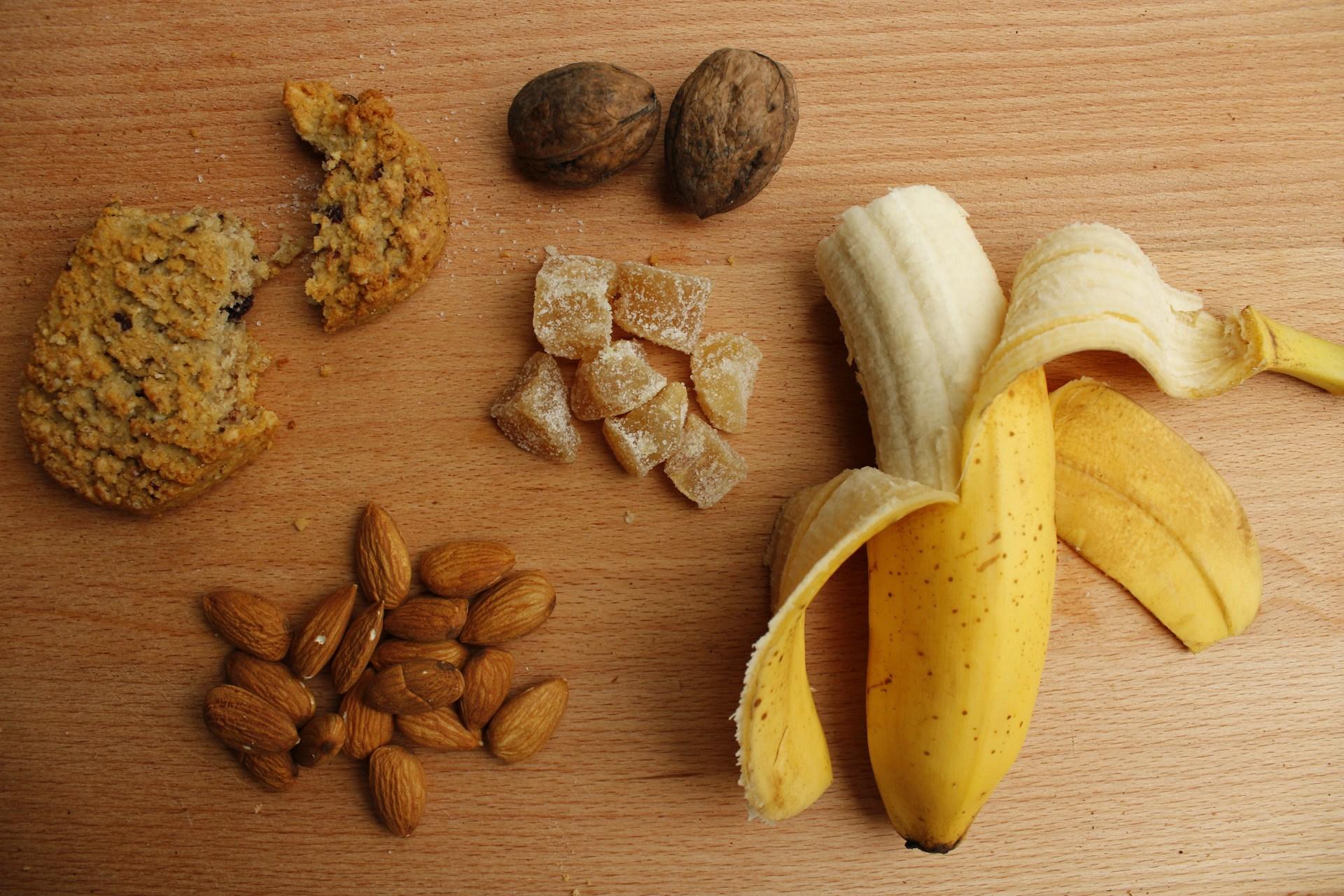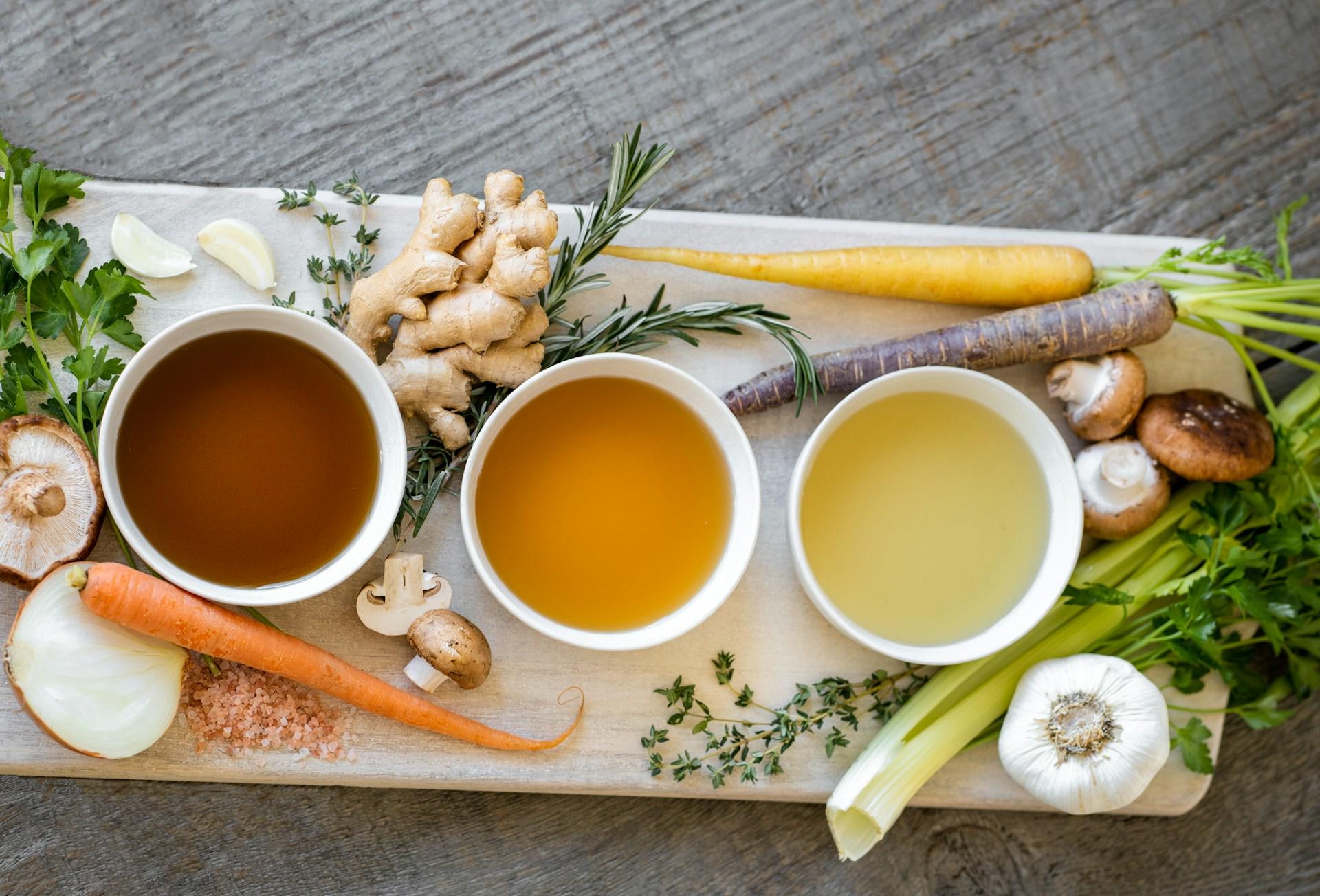
What are macronutrients?
If you are at all interested in nutrition, biology or perhaps even spend any amount of time around fitness enthusiasts or the gym crowd, you’ve almost certainly heard the term ‘Macronutrients’ being thrown around… But what exactly does it mean?
Macronutrients are best explained by comparing them to their counterparts micronutrients.
If micronutrients are the nutrients in food that we need small amounts of, such as vitamins, zinc, iron etc, then macronutrients are naturally those that we need to consume relatively vast amounts of in order to achieve a healthy and balanced diet.
Now you’ll at least know what the ‘gym bro’ in your life is talking about when they insist on ‘hitting their macros’. They are simply emphasizing the importance of getting the right amount of each of the high volume nutrients we need to fuel our bodies and to repair and grow after exercise.
There are three major macronutrients that we require large amounts of to be healthy: Proteins, carbohydrates and fats. In this article, we’ll be having a look at each of these nutrients in detail, explaining their role in our diet and providing some example foods which are good sources of each.

Protein: The Building Blocks of Life
Undeniably one of the most important dietary elements, Protein is, in a sense, the stuff we are made of. Every living organism on Earth is made of different kinds of protein.
Except for plants, which are able to photosynthesize energy from the light of the sun and ambient oxygen, all organisms obtain their protein by consuming and digesting the protein of other living matter and use carbohydrates, which we will discuss in more detail later, as fuel to rebuild them into their own proteins.
For humans, the best sources of protein come from our fellow mammals, followed shortly after by other animals like poultry, fish, and even insects. The reason these sources of protein reign supreme is that they are ‘complete proteins’.
This means that they contain all the amino acids present within our own DNA structure, which saves our body the arduous and resource intensive task of synthesizing them from multiple sources.
To show an example of this in effect, we could conceivably get by on beef alone, in fact some people with extreme dietary requirements do so, even claiming some health benefits of going full carnivore.
Plant proteins on the other hand are rarely available all in one place, meaning we need to mix and match plant sources in the right quantities to get all the amino acids we need.
If you’re a staunch vegan or vegetarian, you probably know as much about proteins as we do, but for the sake of comprehensiveness, it’s worth mentioning that the best plant sources for protein are seeds, pulses, nuts, and legumes.
Humans actually have a key weakness when it comes to our dietary needs. Out of the 21 Essential Amino acids we are unable to synthesize 9 of them using our own metabolic pathways. This means we need to get them from food sources in our diet.
Refer to this table below to learn their names and which foods are a good source for each of them:
| Amino Acid | Sources |
|---|---|
| Histidine | Meat, Fish, Poultry / Soybeans, Kidney beans, Oats, Wheat… |
| Isoleucine | Turkey, Chicken, Lamb / Cheese, Eggs, Seaweed |
| Leucine | Chicken, Turkey, Beef, Tuna / Cheese, Broad Beans, Peas |
| Lysine | Red Meat, Pork, Cod, Sardines / Cheese , Lentils , Tofu |
| Methionine | Fish, Beef, Lamb / Brazil nuts, Seeds, Cereals |
| Phenylalanine | Liver, Beef, Chicken / Milk, Eggs, Soy |
| Threonine | Poultry, Fish, Beef / Lentils, Sesame Seeds, Tofu |
| Tryptophan | Red meat, Fish, Poultry / Chocolate, Oats, Dates, Chickpeas |
| Valine | Turkey, Chicken, Beef, Pork / Plant Seeds, Nuts, Beans |
To be clear, as we mentioned earlier, virtually all meats are a good source of each of these acids, since the animals we eat have essentially synthesized them for us, because they require the same 21 amino acids to live. The plant sources are what you want to pay attention to, since they aren't so interchangeable.
Similarly, the plant protein lists are by no means comprehensive, add in some of your own research to build a diet that suits your individual preferences and needs.

Carbohydrates: The Fuel for Our Bodies
If Protein is what we’re made of, then it's fair to say that Carbohydrates are what fuel us. Carbs are thankfully a very common macronutrient and can be commonly found in all kinds of bread based products, in addition to many starchy plants.
Some might say that carbohydrates are too readily available and diets with reduced carbohydrates are becoming increasingly popular in society’s constant bid to lose weight.
After eating carbohydrates, our bodies break down the chains of molecules to make glucose, which is the energy source responsible for fuelling our cells and consequently keeping us up and active throughout our busy days.
There are two important types of carbs to know about when choosing what to eat and drink in our diets. Simple carbs are small molecular structures which our body can break down very quickly. These are found in many of our modern favourites and especially frequently in more synthetic foods.
Examples of Simple Carbohydrates:
- Soft Drinks/Sodas
- Sweets/Candy
- Sugary Pastries
- Fruits
- Honey and Syrups
- White Rice
- White Bread and Pasta

These types of carbohydrates are excellent when we need a quick burst of energy, but they fail to measure up as long term energy sources that can keep us full throughout the day.
While they are not inherently any worse than other sources of energy, it’s the fact that they don’t keep us full and we need to eat more of them that makes them a culprit in many overweight individuals' diets.
Complex Carbs fulfill the same function as their simple counterparts, but due to their longer and more complex molecular structure, they take longer to process, meaning their energy is released over a much longer period of time. This has the opposite effect of the simple carbs.
Complex carbs keep us full for longer, and we don’t need to eat as much of this energy source to keep us going for long periods of time.
Due to this simple fact alone, prioritizing complex carbs in your diet is generically the healthier choice and a dietary change that can potentially make a big difference if you weren’t doing it already.
Examples of Complex Carbohydrates:
- Brown Rice
- Whole Grain Bread and Pasta
- Vegetables and Legumes
- Nuts
- Oatmeal
- Quinoa
You might be able to notice just by comparing the lists that health advocates often favours the complex carbs, even if they don’t know the science behind it.
Fats or Lipids: The Energy Reserves
Fats, also known as Lipids to biologists, are a middle ground between the two previously mentioned macronutrients. They serve as a long term fuel store in our bodies, which we can break down during intense activity, or when we burn through our available carbohydrates.
This is actually the reason that a ketogenic diet works for burning fat, since depriving the body of carbs forces it to switch its fuel to the available fat stores of the body.
Fats also serve as part of the structure of every cell in our body, so it is essential to consume a good amount of them, even if we are trying to be as shredded as Helmut Strebl.
Lipids form part of the phospholipid bilayer, which is essentially the membrane that facilitates the transport of molecules in and out of the cells in our body.
Common fat sources:
- High fat meats
- Dairy products, I.e. milk, butter and cheese
- Oils
- Fried Foods
- Baked Goods
Water and Fibre
If anything, water, and fibre are honourable mentions here, since they aren’t traditionally considered macronutrients, however they both play important roles in homeostasis (staying alive) and digestion.
Water is of course fundamental and essential to survival. As I’m sure you’ve heard many times, our body is approximately two thirds made of water, and this water escapes our body through sweat and excretion, meaning we need to replace it frequently to survive.
It’s not so much a nutrient, but it is definitely a core element of survival that deserves mentioning in context of the Macronutrients.
Fibre is the only non-essential entry on this list, but a life of only essentials is hardly a comfortable one. Since we don’t actually digest fibre very well, it is responsible instead for maintaining the consistency and smooth passage of our food as it leaves our body.
If you want an example of the importance of fibre in a diet, try going without it for a week, and your bathroom trips will serve as a reminder that fibre deserves respect!

Afterword
Thank you so much for reading this article about macronutrients. We hope you found it informative!
If you want to learn more about nutrition and biology, make sure to check out some of our other articles right here on the Superprof blog.
While you’re here and eager to learn, why not give Superprof’s premier service a try. In mere moments, we can get you paired up with the perfect tutor near you to turn your learning into an effortless process. Did we mention that the first lesson is free?
















